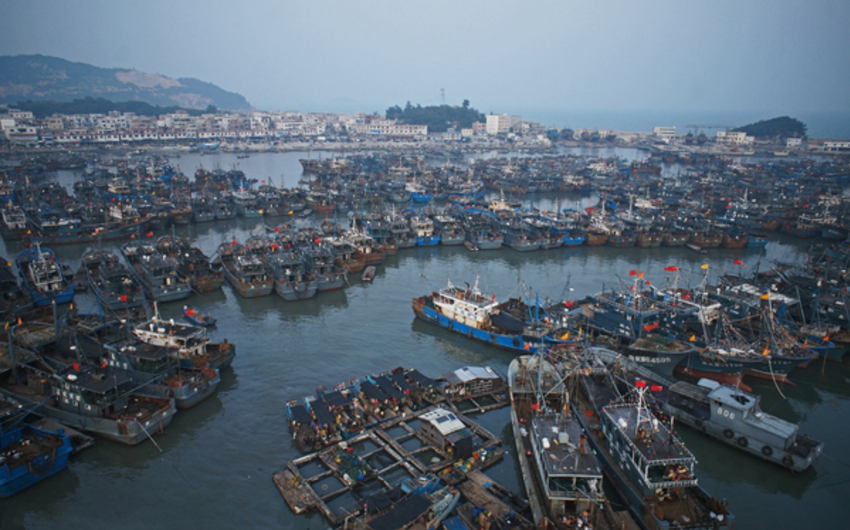The Chinese distant-water fishing activities are growing rapidly and unsustainably all around the world, it is depleting global fish stocks and disrupting the marine ecosystem, reported The HK Post.
Moreover, it is increasingly becoming a source of diplomatic and environmental tensions with other nations.
China’s distant-water fishing fleet (DWF), which operates on the high seas and also in the Exclusive Economic Zones of other countries, is the biggest fleet in the world with an estimated 2,700 ships.
The distant-water fishing sector is infamous for being secretive and unregulated as many countries fail to publish their fishing data, reported The HK Post.
China is often found guilty of illegal, unreported and unregulated (IUU) fishing practices, targeting prohibited species, causing irreversible environmental damage as well as intelligence gathering, espionage and space tracking.
The presence of illegal Chinese DWF vessels is felt all over the world, but it is particularly worse in Africa, Latin America and Asia, reported The HK Post.
Countries in the Indian Ocean Region (IOR), South China Sea region, as well as East Asian countries, and Russia, are all victims of IUU fishing and violation of EEZ by Chinese vessels.
Despite the fact that the IOR has the presence of many countries in the region, the Chinese DWF fleets have increasingly become a hazard, especially in the Northern Indian Ocean region (NIOR).
The NIOR is an important region as most of the world’s maritime traffic passes through it, hence the presence of dubious Chinese DWFs raises concern.
The NIOR, which comprises countries like India, Sri Lanka, Pakistan, Iran, and Oman, is seeing a surge in unregistered Chinese fishing vessels, reported The HK Post.
According to the Indian Navy, they monitored more than 392 Chinese IUU fishing incidences in the Indian Ocean in 2021 compared to 379 in 2020.
Moreover, it is also reported that spy ships disguised as fishing boats are being used by the Chinese to gather intelligence data and spy on assets of other countries, including India’s Andaman and Nicobar Islands, reported The HK Post.
The island nations in the NIOR like Sri Lanka and Maldives have reported the presence of Chinese DWF vessels such as squid jiggers, trawlers, and long liners that fish in the area before moving to other target areas like Oman in the Arabian Sea.
While many countries have strongly opposed the fishing activities by Chinese vessels, some have taken strict measures.
Indonesia, for example, has sunk many Chinese ships in the last four years which were dangerously close to their land boundary.
The Quad, comprising India, Australia, Japan, and the US have announced a major regional effort under the ambit of Indo-Pacific Maritime Domain Awareness (IPDMA) aimed to provide more accurate maritime pictures of activities in the region, reported The HK Post.
However, it has become imperative to introduce laws, policies and strict measures to keep the Chinese distant water fishing fleet in check.

